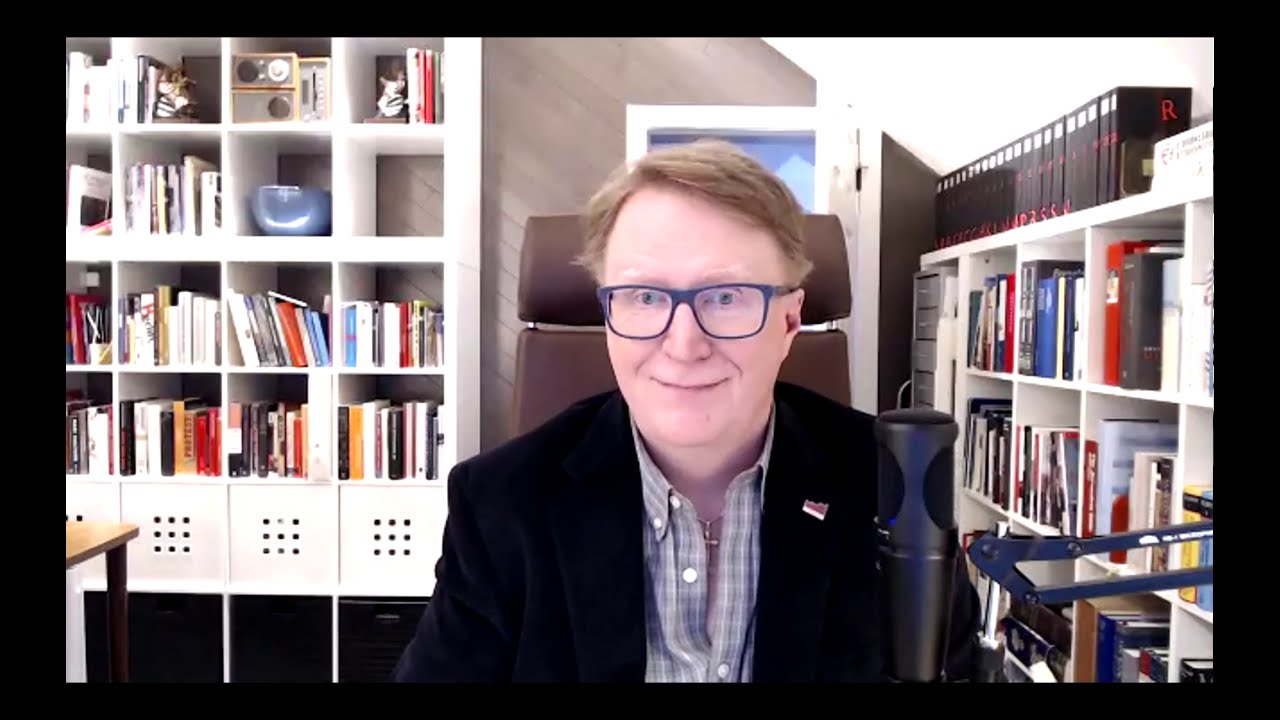Author: James Skidmore
Institution: University of Waterloo
Country: Canada
Topic: Applications of Open Education Practices/Open Pedagogy/Open Education Research
Sector: Higher Education
UNESCO Area of Focus: Developing supportive policy
Session Format: Presentation
Abstract
One of the hard and fast rules about open educational resources (OER) is the 5 Rs as enunciated by David Wiley: users must be able to retain, revise, remix, reuse, and redistribute the material. The easiest way to demonstrate that a resource conforms to the open standard is to use a Creative Commons license that gives permission to share and allow derivatives of the work; Creative Commons licenses with the “no derivatives” condition don’t pass OER muster.The 5 Rs have influenced all aspects of open teaching and learning. In their article on defining pedagogy enabled by OER, Wiley and Hilton classify assignments based on the learning artifacts they produce: artifacts in disposable assignments have no other purpose than to fulfill a course obligation; artifacts in authentic assignments have value both inside and beyond the course; constructionist assignments make authentic artifacts public; renewable assignments – the most desirable kind of assignment - do all of the above and generate openly licensed artifacts. Robin DeRosa’s Open Anthology of Earlier American Literature is a well-known example of the renewable assignment in literary studies, as is Julie Ann Ward’s Antología abierta de literatura hispana, both of which were compiled and annotated by students. The 5 Rs and the derivative licensing conditions made these textbooks possible.
DeRosa’s and Ward’s renewable assignments are laudable, but they raise two concerns that I will discuss in this presentation. The Creative Commons license gives the user the right to modify the material, and this could result in the anthologies becoming less accurate over time. But the ability to modify also applies a writer’s ideas. In a course on literature that I teach, I’m co-creating a textbook with students in which I provide my analysis of the novels being studied, and in the “Reader Voices” section the students contribute their own interpretations of particular passages or issues. Allowing derivatives of this material would certify it as OER, but that also runs the risk of changing or altering my students’ or my own ideas. Is devotion to the letter of the 5 Rs law having the unintended consequence of harming the spirit of openness which that law is trying to protect?
Non-derivative OER is not a tautology but rather a necessity that can preserve the intellectual integrity of ideas. Partial or controlled revision complicates the neatness of the 5 Rs model, but it still allows educators to work with students in open and meaningful ways while protecting the distinctiveness of ideas. It also reminds all of us that teaching materials are not just utilitarian tools but actual knowledge that must be respected and preserved – and shared as such.
References
DeRosa, Robin. The Open Anthology of Earlier American Literature. Public Commons Publishing, 2015. openamlit.pressbooks.com, https://openamlit.pressbooks.com/.
Ward, Julie Ann, editor. Antología abierta de literatura hispana. 2017. press.rebus.community, https://press.rebus.community/aalh/.
Wiley, David, and John Levi Hilton, III. “Defining OER-Enabled Pedagogy.” The International Review of Research in Open and Distributed Learning, vol. 19, no. 4, Sept. 2018. www.irrodl.org, doi: 10.19173/irrodl.v19i4.3601.
Keywords
5 Rs, Creative Commons, renewable assignments
